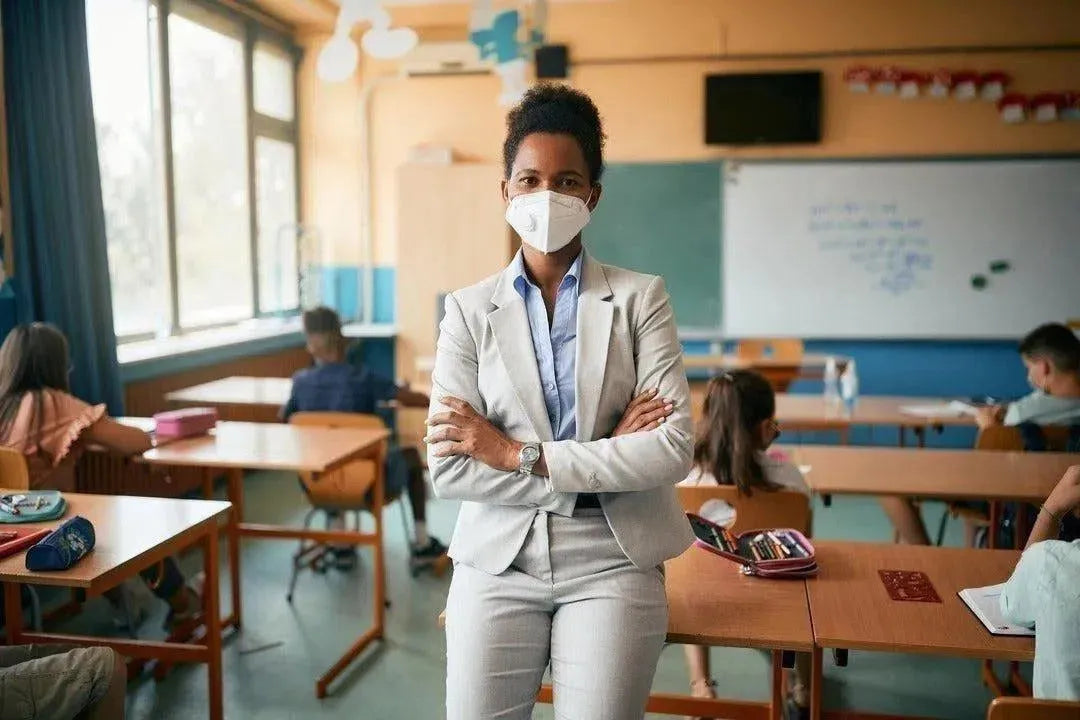Five Best Face Masks To Wear in 2022

Undoubtedly, the globe adopted a memorable clothing code in 2020: the mask code. People wear it to protect themselves from potential danger in public places like stores, bars, parties, and events and in private places like their homes. Nobody wanted to put it on their face as things settled back down, no matter how elegant, creative, or amusing. But we have never missed using a safe and more secure kn95 Facemask.
Yet, immunization programs on a national scale, dietary regimens, and periodic activities that are safe for humans were all developed and directed.
A guide on optimizing your KN95 mask's performance
Ensuring a cloth or medical mask fits snugly over your face will prevent air from escaping around the corners and increase the mask's efficiency.
There should be no spaces between the mask and the wearer's nose, mouth, and chin. You should feel a warm breeze entering the mask from the front whenever you exhale while wearing this mask. It's not normal to feel air escaping around the mask's borders.
Look for masks with flexible nasal strips; they assist in sealing the mask so air doesn't escape the top.
Multilayer face masks are the safest option. It is common practice for some individuals to wear a medical mask underneath their cotton masks for further protection. The edges of the medical mask should then be pressed against the face while the fabric mask is in place. If you're finding breathing difficult or seeing, ditch the extra clothes. While Wearing a Face Mask, you shouldn't wear any other kind of mask.
It is important that the KN95 or N95 you choose to wear fits properly and forms a tight seal around your face. A correctly fitting mask for a youngster would be one designed for children. Check that it covers your nose, mouth, and chin without being too tight.
The Filter Efficiency of a KN95 Mask
In contrast to the cotton gauze used in the early 1900s, which was used to make medical masks, nonwoven mats of tiny fibers are now used to create surgical masks that are more effective as a respirator and less likely to let in airborne pathogens. The mask's diameter, porosity, and thickness were all fine-tuned by experts so that the fiber could trap even more of the virus's minuscule particles.
Does Wearing a Mask Always Work?
The N-95 mask, the industry standard, prevents the user from breathing in 95% of airborne viruses. Nonetheless, these masks are most useful for front-line employees in high-risk environments with virus aerosols. Although better than surgical masks, cloth face covers provide little real protection. However, statistically significant results may be achieved with a 50% decrease in viral transmission.
Most people hide their faces in public to avoid spreading germs by coughing, sneezing, or even talking. Due to the lack of symptoms, many infected persons may transmit the COVID-19 virus without realizing it. That's why covering your face is a sign of consideration for others and an effective measure against spreading the sickness. The mask's thickness shouldn't be so great that it makes breathing difficult. Adding filter inserts to the masks is unnecessary and might make them less pleasant to wear.
Conclusion
Experts in public health think that mask use and maintaining social distancing will be crucial in stemming the spread of the virus during the first outbreak and limiting its spread in later cases. If people were to start wearing masks, we could speed up establishing a free market economy. Refusing to wear a mask publicly makes the epidemic more widespread and hurts the economy.






